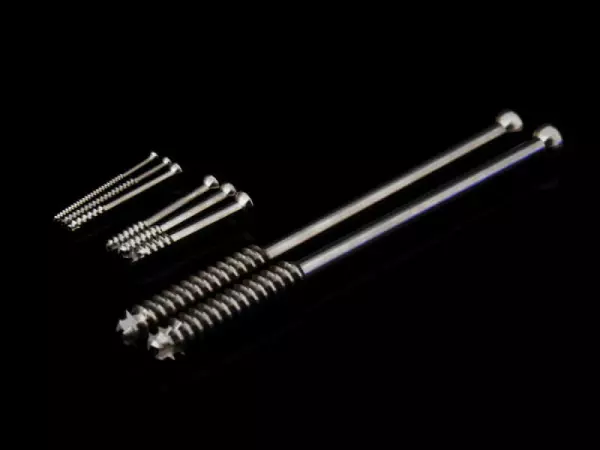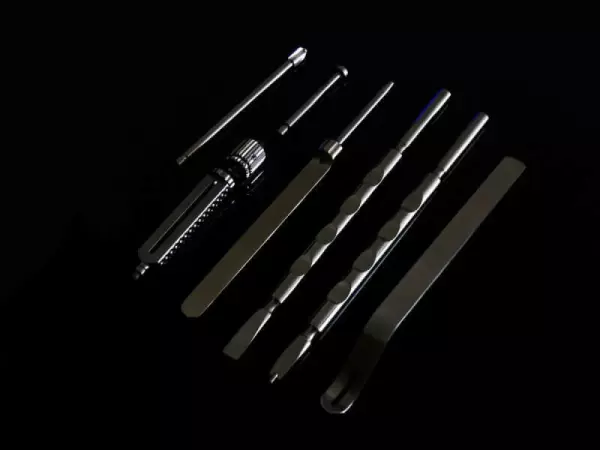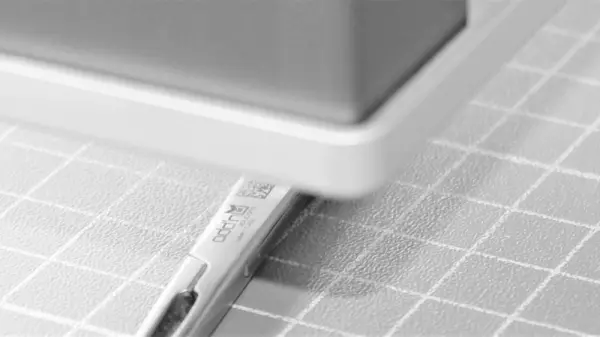
Higher quality finishing / finishing processes...
Higher quality finishing / finishing processes of surgical instruments / implants Refining or ref...
Portal and digital medical technology fair of the largest MedTech cluster in Germany

Higher quality finishing / finishing processes...
Higher quality finishing / finishing processes of surgical instruments / implants Refining or ref...

Milling technology / milled parts - contract...
Milling technology / milled parts - contract manufacturing for medical products Milling refers to...

UDI code verification according to ISO15415...
Verification means providing evidence that a fact is true. Using the UDI code verification in accord...

Medical instrument identification can minimize errors and improve patient safety in the operating room. According to a survey conducted by a global health organization, 15% of surgical cases are due to equipment-related incidents, and in many cases, this delay is due to the inability to obtain requested instruments. Automatic instrument detection minimizes mistakes made by surgeons and assisting nurses. Using detectors, instruments can be identified and tracked in near real time, minimizing the possibility of a surgical mistake.
The methods for identifying surgical instruments include laser engraving, tape labeling, and plastic resin dipping. These methods leave the instrument surface intact and offer the added benefit of color coding. However, these methods require supervision by a professional surgical technologist. The Association for Advancement of Medical Instrumentation recommends a manual inspection of instruments before use and preferably label them with a permanent plastic tag. It also recommends that surgeons mark them with a bar code or RFID chip.
RFID technology is an increasingly important tool in surgical instrument tracking. It helps prevent loss and enhances patient safety. It has also become easier to identify surgical instruments and to track them, reducing the risk of infection. In fact, the UDI system is set to fully implement in the United States by 2020. Other countries are also working on this system as a foundation to increase visibility in the medical supply chain. This is a step in the right direction for all surgical equipment manufacturers and medical institutions.
RFID tagging of surgical instruments provides a range of advantages for hospitals. In addition to identifying individual instruments, a system helps hospital personnel manage inventory, monitor safety, and save money by preventing the risk of a catastrophic incident during surgery. The technology allows hospitals to document vital statistics about surgical instruments, and reduce the time spent on routine inventory management. These technologies can improve patient safety and improve surgical efficiency by eliminating human error. There are also many potential advantages for the healthcare industry, so there is no reason not to invest in this technology.
UDI is an important tool for manufacturers to comply with FDA requirements for product traceability. UDI helps track products more accurately, which ultimately benefits patients. The UDI system also ensures patient safety and improves patient care. It also helps reduce costs and ensures compliance. By making it easier to read and understand, UDI is an important tool for manufacturers. If you are a manufacturer, you must use this technology to comply with regulatory standards.
Besides identifying surgical instruments, UDI systems also help to reduce the risk of counterfeit products. This type of traceability is crucial for patient safety and prevents a variety of adverse events, including dangerous product recalls. Furthermore, UDI systems help improve patient safety. They can also provide a traceability solution for medical devices. A UDI system helps healthcare facilities to ensure the authenticity of their products. In the US, it assigns a unique identifier to each medical device.
Become a digital exhibitor yourself in the online portal of the largest and best-known MedTech cluster region in Germany and inform the world of medical technology about your products and services as well as about news, events and career opportunities.
With an attractive online profile, we will help you to present yourself professionally on our portal as well as on Google and on social media.